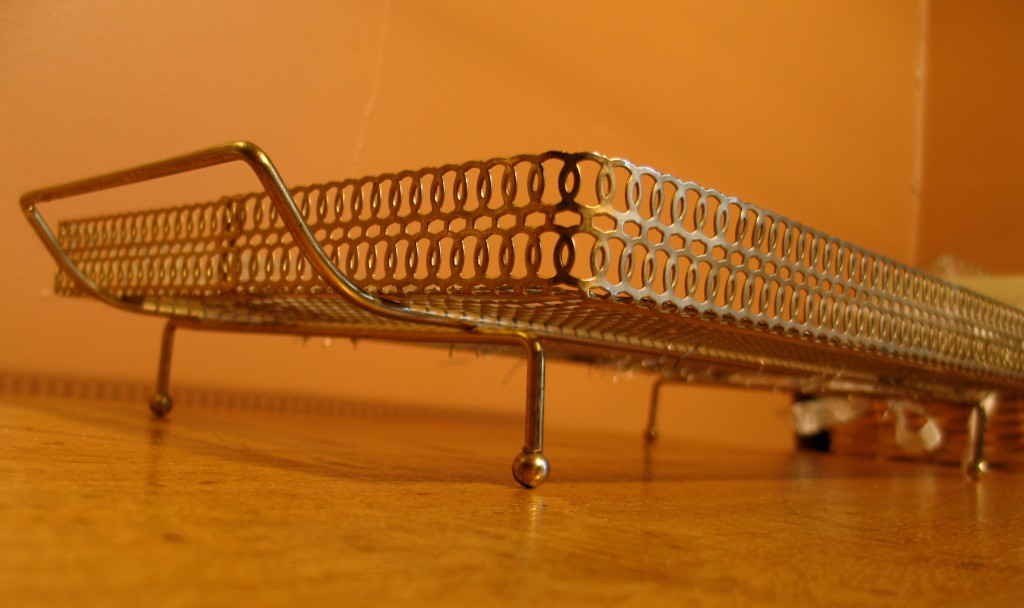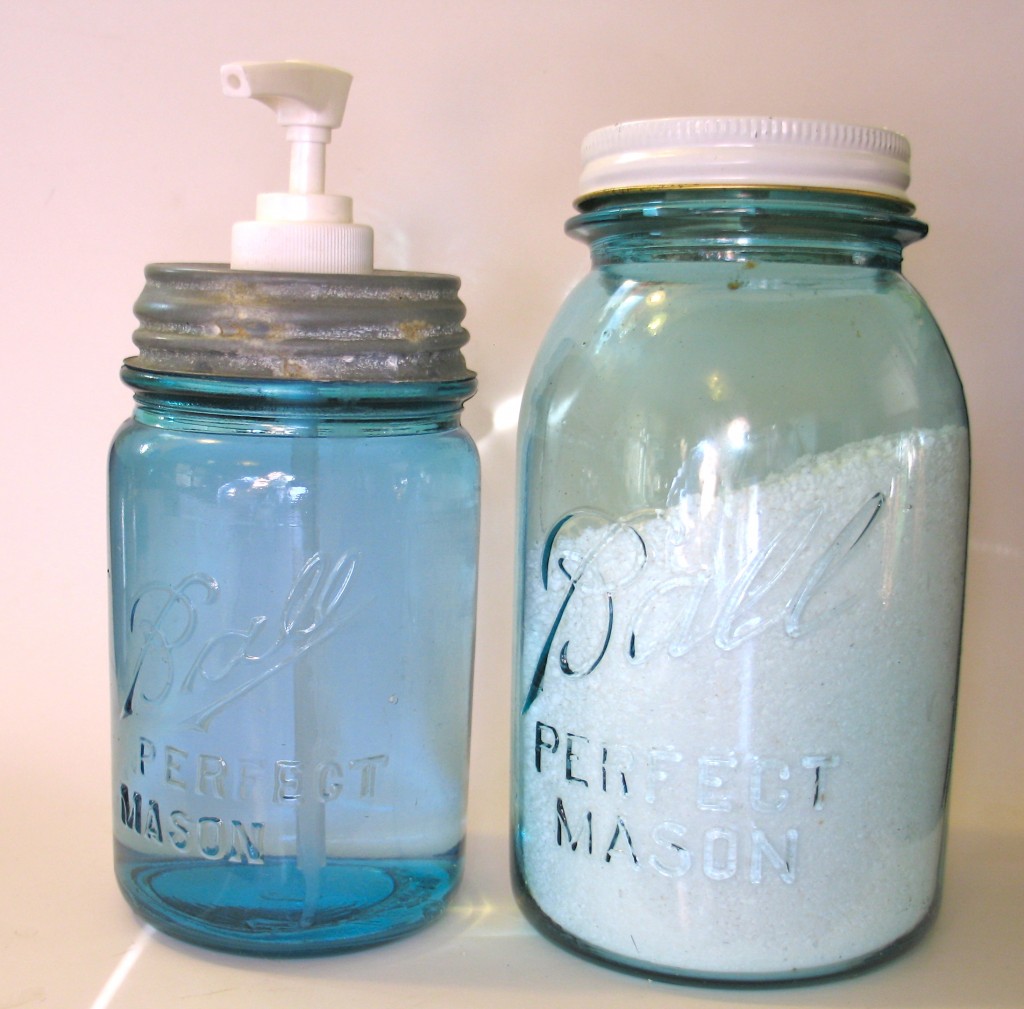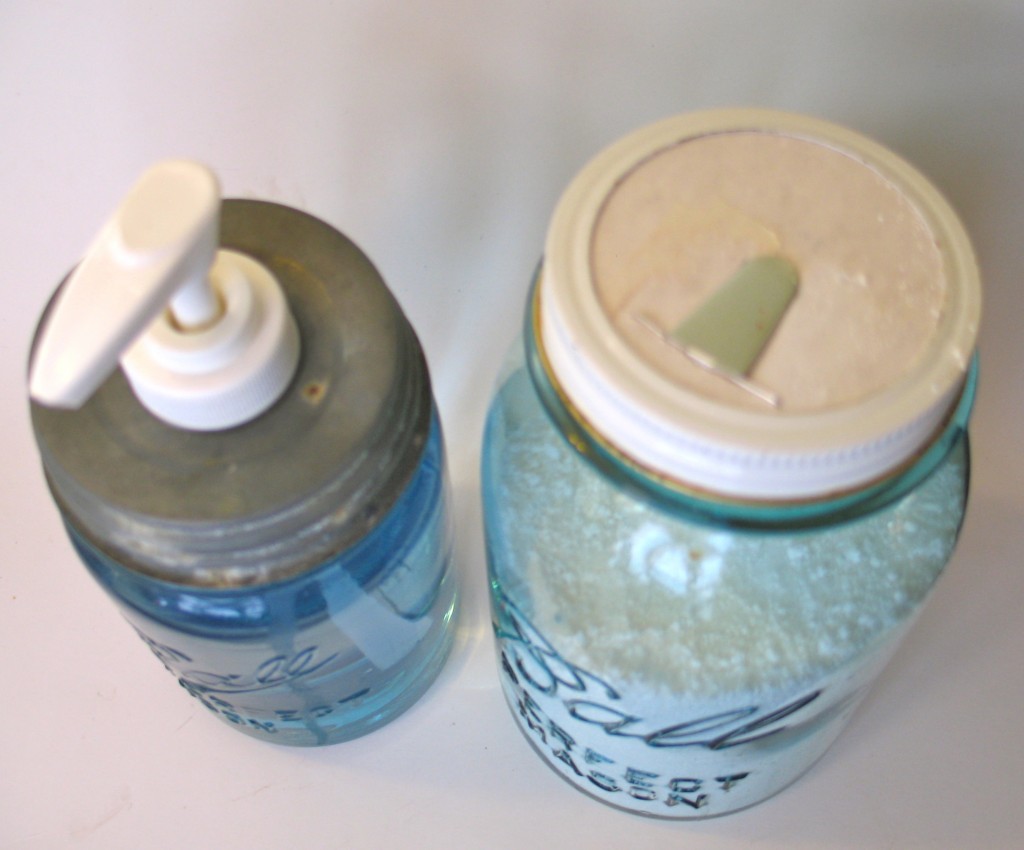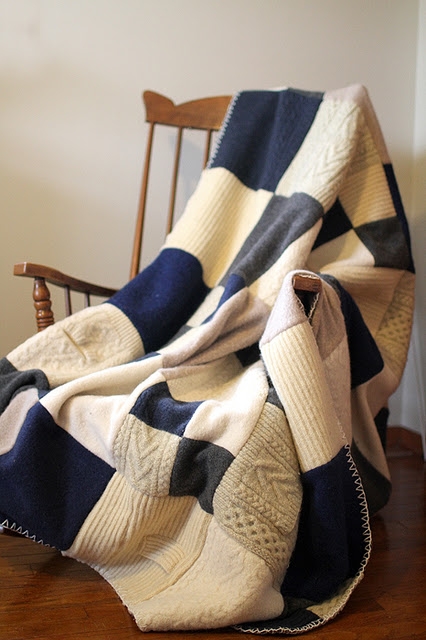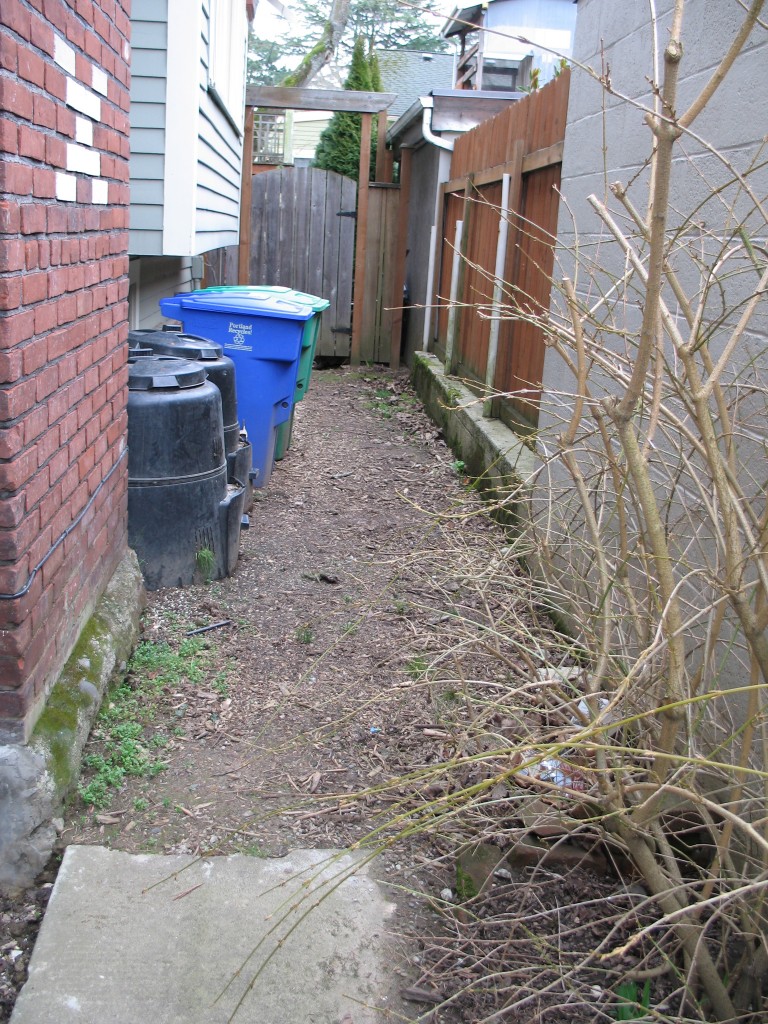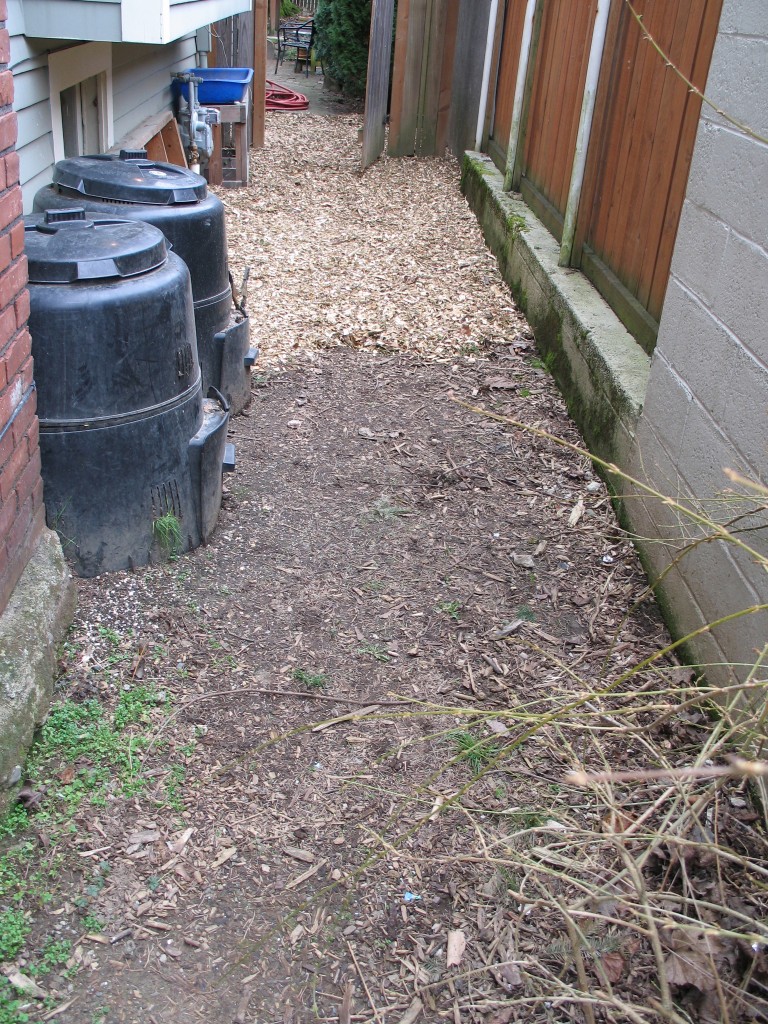The following is a reprint of a previously published post. Enjoy!

Who among us has not made the least expensive choice and then lived to regret that decision?
The most glaring example for me was a quick and dirty bathroom remodel from when we first bought our house in 1996. At the time, everything in our fixer-upper of a house needed major attention and it was hard to focus on the details. Add to that my status as a night shift nurse caring for a one-year-old baby and it’s amazing we got anything done at all!
We picked out a cheap-o bathroom sink, console and bathtub from Home Depotand bought a cool blue swirly remnant of marmoleum.
Voilá, home improvement at its worst!
The cupboard turned out to be only partially real wood, and the side that faced the toilet proved itself to be absorbent of urine. Which was also true of the marmoleum.
You try potty training two exuberant boys in an absorbent bathroom. It wasn’t pretty.
We ended up ripping out the cupboard and floor in 2004 and installing a small hexagonal tile floor and a porcelain pedestal sink. The theme was nothing that can absorb urine.
Because we went the route of cheap materials, we ended up having to redo almost everything. And that %#$$@** Home Depot bathtub is too shallow, which means the kids are forever slopping water over the sides.
We should have paid extra to get quality bathroom components from the get-go, which would have saved us money and time in the long run.
We got what we paid for.
But often times this axiom is far from the truth.
Almost all of the rest of the home improvement tasks we’ve taken on have vastlyincreased the value of our home. From removing the asbestos siding to landscaping the backyard, we got what we paid for, both as cash and in sweat equity.
On the flip side, Our belongings argue against getting what you pay for, as we almost always purchase high quality used items that can later be sold for far more than we paid. If we were the type to shop at Target, Ikea and the like, our belongings would always be worth less than we paid.
So there you have it, you certainly get what you pay for when you buy low quality, but this is not necessarily tied to how much money you’re shelling out.
Have you been burned by purchasing low quality goods and then gotten what you paid for? Or do you search out those deals and pay less than things are worth? Please share your methods and thoughts in the comments section below.
Katy Wolk-Stanley
“Use it up, wear it out, make it do or do without.”
Click HERE to follow The Non-Consumer Advocate on Twitter.
Click HERE to join The Non-Consumer Advocate Facebook group.
Click HERE to follow The Non-Consumer Advocate on Pinterest.
{ 8 comments }

